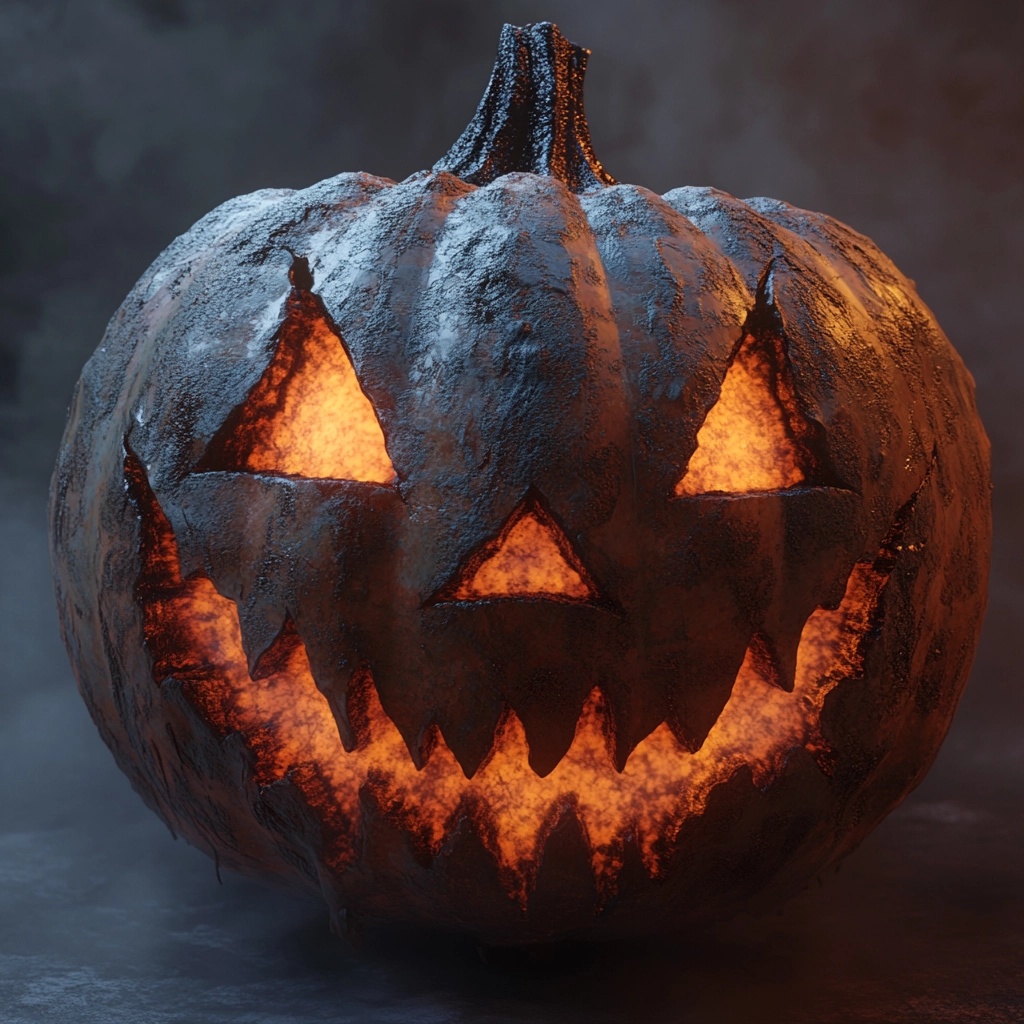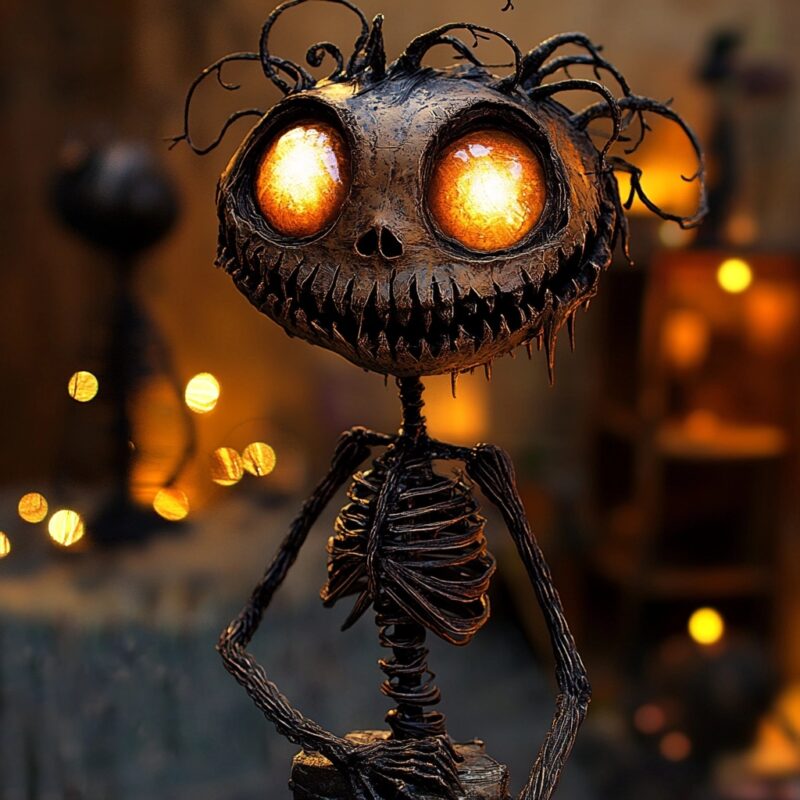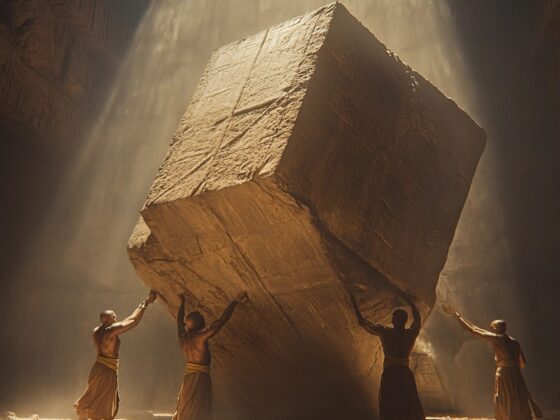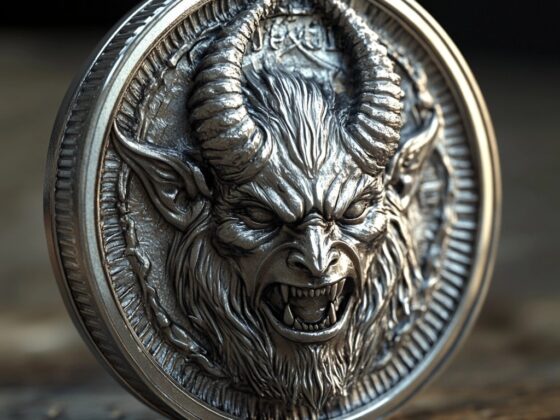Halloween, celebrated annually on October 31st, has a rich history dating back over 2,000 years. This beloved holiday originated from the ancient Celtic festival of Samhain, pronounced “sow-in,” which marked the end of the harvest season and the beginning of winter.
The Celts, who lived in Ireland, the United Kingdom, and northern France, believed that on the night before their new year (November 1), the boundary between the worlds of the living and the dead became blurred. They thought that on October 31, the ghosts of the dead could return to the world of the living.
To commemorate this event, people would gather to light bonfires, offer sacrifices to their deities, and wear costumes, typically consisting of animal heads and skins. These disguises were meant to either ward off or confuse any evil spirits that might cross over during Samhain.
As the Roman Empire conquered Celtic lands, Samhain was combined with two Roman festivals: Feralia, a day in late October when the Romans traditionally commemorated the passing of the dead, and Pomona, a day to honor the Roman goddess of fruit and trees.
In the 8th century, Pope Gregory III designated November 1 as a day to honor all saints, known as All Saints’ Day. The evening before became known as All Hallows’ Eve, which eventually evolved into Halloween.
The tradition of trick-or-treating has its roots in the All Souls’ Day parades in England. During these events, poor citizens would beg for food, and families would give them “soul cakes” in return for their promise to pray for the family’s dead relatives.
Halloween traditions were brought to America by European immigrants, particularly the Irish fleeing the potato famine in the 1840s. The practice of carving jack-o’-lanterns stems from an Irish folktale about a man named Stingy Jack who tricked the devil. In Ireland, people carved turnips, but found that pumpkins, native to America, made perfect jack-o’-lanterns.
Over time, Halloween evolved in America to become less about ghosts, pranks, and witchcraft and more about community and neighborly get-togethers. By the 1950s, Halloween had become a holiday directed mainly at young children, with traditions like trick-or-treating and dressing up in costumes taking center stage.
Today, Halloween is a widely celebrated holiday in many parts of the world, blending ancient Celtic traditions, Christian influences, and modern secular customs into a night of fun, frights, and festivity.











